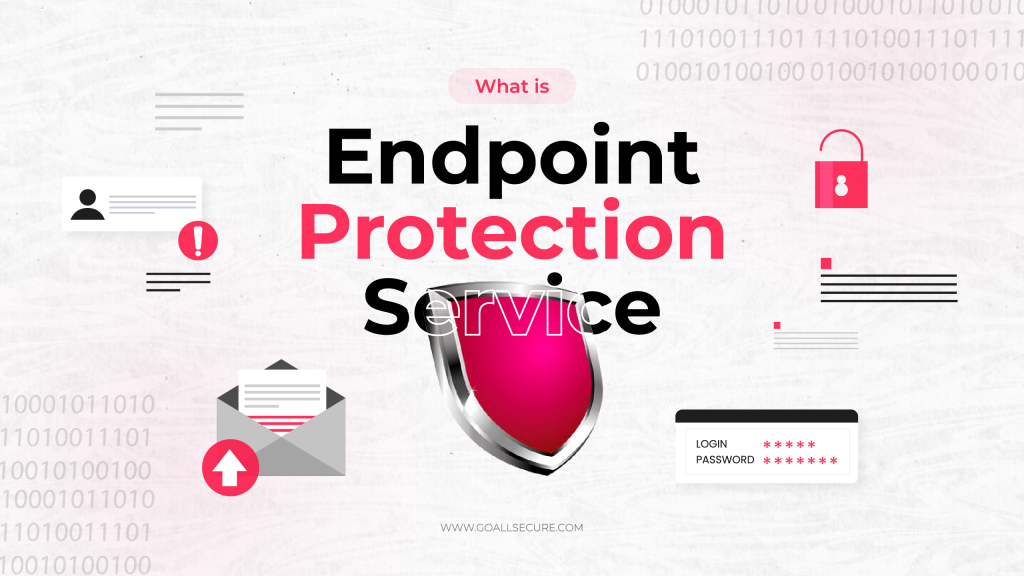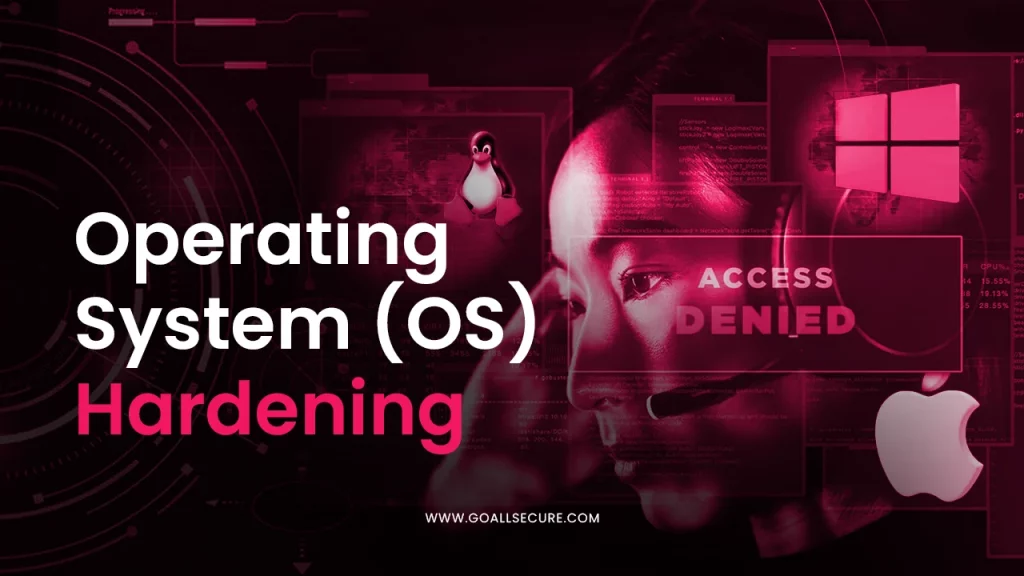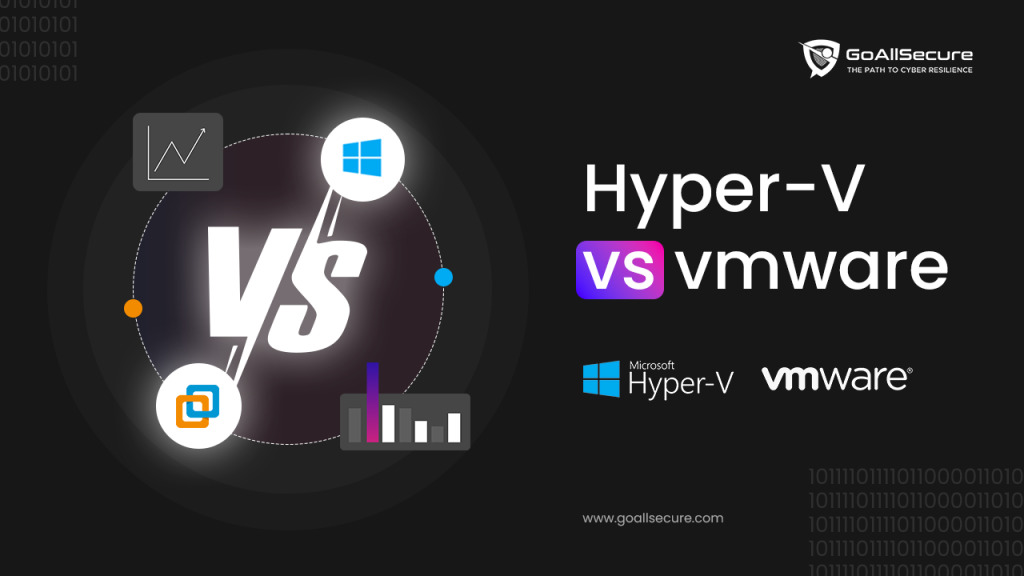Virtualisation platforms or hypervisors have been a boon for businesses as they provide efficient resource utilisation. Several enterprise-class hypervisors are available today, but two noteworthy ones are VMware and Hyper-V. They have made a name for themselves during the past few years, leading to a much more extensive discussion regarding which is superior. Determining which hypervisor is superior will involve delving deep into its functionalities and core characteristic traits. For the most part, Hyper-V and vSphere are both skilled and competent hypervisors; each has advantages and disadvantages of its own. Being the two most used virtualisation platforms in the industry, VMware vSphere and Microsoft Hyper-V have a monopoly. To assist you in selecting which of these two virtualisation industry titans best meets your demands, we have included a thorough comparison of them in this post.
Understanding Virtualization
These days, virtualisation is a must for modern computing. Virtualisation enables organisations to maximise resource utilisation, simplify management, and cut expenses by generating a virtual version of a computing resource, such as hardware, storage, or a complete operating system. The two virtualisation platforms most often used in the industry are VMware vSphere and Microsoft Hyper-V. We must first examine what they were designed to do to see which is better. The virtualisation technique uses software to build an abstraction layer over computer hardware, separating a single computer’s hardware into several virtual machines (VMs), each with its own CPU, memory, and storage. Even while each virtual machine (VM) only uses a small percentage of the actual underlying computer hardware, each one has its operating system (OS) and functions similarly to an independent computer. For a more known example, think of cloud computing; it is based on virtualisation, a method that makes better use of actual computer resources possible.
In order to deploy and test application workloads, databases, and workspace models according to an organisation’s needs, virtual machines (VMs) have become a key component. They also facilitate operating system flexibility, security, and remote work. Consequently, they allow for a higher return on an organisation’s hardware investment and a more effective use of physical computer systems. Abstracting a virtual layer from hardware and running many virtual instances in that space has several advantages, including increased cost savings and improved IT agility and scalability. According to statistics, between 2023 and 2028, the total global market for virtualisation software is expected to grow from $87 billion to $138 billion.
What Is Hyper-V?
Microsoft created Hyper-V, a type-1 or native hypervisor. It enables one to establish and oversee several virtual machines (VMs), which are essentially scaled-down copies of computers. Microsoft’s Hyper-V offers a virtualisation platform for creating a virtual IT infrastructure for various scenarios. These days, Hyper-V is also compatible with the x64-bit Pro and Enterprise versions of Windows 8, Windows 8.1, Windows 10, and Windows 11. Microsoft offers a free version of the Hyper-V server with limited features. Now, it is possible to purchase Hyper-V as a stand-alone server.
Hyper-V functions in a way that it directly operates on top of the host and guest virtual machines and beneath the computer hardware. The host operating system of an infrastructure that supports Hyper-V has Hyper-V installed on it. This then becomes the parent virtual machine. The guest virtual machines can run on several operating systems. They are referred to as “child VMs.” The server resources of this architecture are used by the virtual machines that are guests and hosts. However, the architecture of the parent virtual machine allows it to distribute computing power to the guest virtual machines. Hyper-V has demonstrated qualities that can help businesses in any industry. Furthermore, Hyper-V is supported by Microsoft, a respectable software provider with a strong market presence.
Main Components of Hyper-V
- Hyper-V Manager
- Virtual Machine
- Virtual Switch
- Integration Services
- Virtualisation service provider (VSP)
- Virtual infrastructure driver (VID)
Key Features of Hyper-V
- High Scalability and Flexibility
- Minimised Downtime
- Improved Security
- Windows Integration
What Is VMware?
Leading the way in virtualisation and cloud infrastructure solutions, VMware offers a broad spectrum of products and services that let companies build, administer, and operate virtual machines (VMs) on a single physical server or several servers. These virtual machines (VMs) may run various operating systems and applications, improving hardware efficiency and simplifying management while enhancing flexibility. VMware provides several virtual system options; however, we exclusively address vSphere for this blog.
vSphere comes with many governance features that are out of the box, and organisations can use transparent page sharing. Since an operating system is not required to control all virtualisation components, vSphere has a significant benefit in this regard. Furthermore, the components of the Controlling Layer do not require any security fixes. VMware vSphere is the company’s flagship product and is made up of two primary parts:
VMware ESXi: ESXi is the Type-1 hypervisor that serves as the basis for virtualisation. It is a platform for building and managing virtual machines (VMs) and is installed straight onto the real server. ESXi is responsible for allotting hardware resources, including CPU, memory, and storage, to every virtual machine (VM) while preserving isolation between them.
VMware vCenter Server: This centralised management solution allows you to manage several ESXi hosts and their virtual machines (VMs) from a single interface. It provides disaster recovery, performance monitoring, and virtual machine provisioning functions.
Main Components of VMware vSphere
- VMware ESXi
- Virtual Machine
- Virtual Network
- Virtual Storage
- VMware vCenter Server
- vCenter Lookup Service
- VMware Directory Service
Key Features of VMware vSphere
- Remote Connectivity
- Portability
- Zero latency
- Strong Ecosystem
- High-performance
Hyper-V VS VMware
VMware and Hyper-V are two incredibly powerful hypervisors that allow you to operate your business’s workloads. Which one will you choose for your company? Each is distinct due to a variety of qualities, making it challenging to pick one hypervisor over another. Refrain from sweating because there are some measures that can assist you in selecting based on the size of your enterprise and its requirements. In this blog section, we will draw parallel comparisons between the two hypervisors in question. Some of the criteria that we will touch upon will be performance, memory, storage and networking, scalability, licenses for security, usability, etc. Let us begin the battle of the virtualisation platforms!
Performance
While it is difficult to compare the performance of Hyper-V and VMware directly, both hypervisors contain capabilities that can help to improve the performance of guest operating systems. The most recent versions of VMware ESXi and Hyper-V both comprehend NUMA architecture and offer excellent functionality to effectively manage virtual NUMA architecture. VMware is renowned for its superb performance and capacity to manage heavy, complex workloads. It provides cutting-edge capabilities to maximise the use of resources in business settings. However, newer versions of Hyper-V offer far better scalability and performance. Generally, it is a good fit for small to medium-sized companies. Still, in comparison to VMware, it might not be as suitable for really large-scale installations.
Memory
Administrators of both Hyper-V and VMware have access to significantly diverse memory management strategies and configurations. Hyper-V’s memory management method is more straightforward and effective, using dynamic memory. On the other hand, VMware uses a number of memory management strategies in its intricate and quite effective memory management system.
Usability
Hyper-V is a more affordable alternative for small and medium-sized enterprises due to its more accessible licensing mechanism and seamless connectivity with other Microsoft technologies. Furthermore, for the majority of SMB workloads, Hyper-V’s performance and management features are more than adequate. When it comes to large-scale enterprises, the story takes a twist. Because of its numerous third-party connectors, more established security ecosystem, and more scalability, VMware vSphere might be a superior option for large companies with demanding virtual environments. For these industry giants, the more complicated and expensive licensing doesn’t pose a problem, but small businesses should consider the expenses beforehand.
Security
VMware and Hyper-V both have excellent security features. However, VMware is ahead of the competition in this area, particularly in light of the most recent releases and advancements with AppDefense and NSX.
Scalability
Another vital factor to take into account when comparing virtualisation technologies is scalability. Both VMware and Hyper-V support large-scale virtual environments, yet there are notable distinctions in the maximum configurations that each platform can support. 320 logical processors, 4TB of RAM, and 64 nodes per cluster are supported by Hyper-V, whereas 480 logical processors, 12TB of RAM, and 64 nodes per cluster are supported by VMware vSphere. Although the exact edition and version of each platform may have an impact on these figures, it is evident that VMware provides more scalability for more extensive deployments. Now, if you are a small or medium-sized business, you might not want to spend extra for scalability, which you won’t require. The same is not valid for the industry giants, who must look at greater scalability options for their future needs.
Storage and Networking
VMware vSphere offers a wide range of networking features, including support for software-defined networking (SDN) products like VMware NSX, distributed virtual switches, and network I/O control. The storage features offered by VMware include support for local storage, SANs, NAS, and vSAN, a software-defined storage solution that makes it possible to use local storage on the ESXi host. In the case of Hyper-V, users get virtual switches, network virtualisation, and sophisticated networking functions like bandwidth control and Quality of Service (QoS). Along with a range of storage choices, Hyper-V supports Network Attached Storage (NAS), Storage Area Networks (SANs), and local storage. Furthermore, Hyper-V hosts Storage Spaces Direct, a software-defined storage solution that lets you use local storage on Hyper-V hosts to create highly available and scalable storage systems.
Pricing
Free versions of the hypervisor are offered by VMware and Hyper-V for the purpose of hosting virtualised resources. Needless to say, these free versions will not be effective for businesses that rely on them for their workloads. However, the paid versions are a chef’s kiss and for all the right reasons. Depending on the version, Hyper-V is frequently included with Windows Server licences, which may lower the initial licensing costs. Nevertheless, additional licences could be needed for some advanced functions. At first glance, vSphere licensing might appear complicated because of its multiple versions and pricing structures based on the processor. Typically, it necessitates an initial licence investment, but after that, it’s smooth sailing.
Which Virtualisation Platform Is Best for You?
Your organisation must choose between VMware vSphere and Hyper-V based on its particular needs. Both have the potential to be risky and pose problems with deployment because they consume different resources than actual hardware. Management of the numerous moving components, ranging from CPUs and memory to storage and network interfaces, is necessary.
Nonetheless, this hasn’t hindered their growth flight because virtualisation is being used more and more by SMBs and corporations alike. According to the latest data, Microsoft Hyper-V has nearly 11% of the worldwide virtualisation market, while VMware vSphere holds just over 13%. Nevertheless, the decision between the two is based on a wide range of unique elements specific to every company. For your ease, keep the following points in mind while you pick a virtualisation platform:
- Existing Infrastructure
- Licensing Costs
- Management and Automation
- Availability and Disaster Recovery (DR)
- Ecosystem, Tools, and Plugins
- Live Migration, App/IT Infrastructure Discovery
Conclusion
We are at the end of our debate, and it’s time to conclude it. Like most others, we cannot pick either of the two virtualisation platforms. They are both so good. But we could give you a conclusion that is worthy of your time. We have compressed both platforms’ advantages and disadvantages here for your ease.
Benefits of VMware
- VMware is excellent at supporting a variety of operating systems, including Windows, Linux, and macOS.
- It features a thriving user community and a tonne of documentation that helps with best practices and troubleshooting.
- Teams can also make use of other advanced capabilities like live migration, cloning, snapshots, and high availability.
- VMware is also thought to be more stable by many organisations because it has fewer faults and vulnerabilities.
Limitations of VMware
Since VMware requires licences, subscriptions, and support plans, its cost is its main drawback. Because it operates on top of an existing OS rather than integrating with it, it also requires additional system resources. Performance may also be impacted by hardware and driver compatibility problems that some users may encounter.
Benefits of Hyper-V
- Hyper-V stands out for its affordability, being free for customers of Windows Server, Windows 10 Pro, and Enterprise.
- Because it functions as an integral component of the Windows kernel, it also has less system overhead than VMware.
- In addition, Hyper-V provides easy virtual machine network bridging and has a smooth interface with Windows functions, such as networking and security.
Limitations of Hyper-V
The main drawback of Hyper-V is its limited compatibility with operating systems other than Windows, which necessitates additional setups for maximum performance. In comparison to VMware, it also has fewer resources and a smaller community. It has good Windows feature integration but isn’t as advanced as VMware regarding live migration and snapshots. Additionally, Hyper-V is more server-focused, which makes it less appropriate for desktop virtualisation.

















 TRAVEL & HOSPITALITY
TRAVEL & HOSPITALITY HEALTHCARE
HEALTHCARE RETAILS & ECOMMERCE
RETAILS & ECOMMERCE BANKING & FINANCIAL
BANKING & FINANCIAL AutoMobile
AutoMobile MANUFACTURING
MANUFACTURING FOOD
FOOD EDUCATION
EDUCATION



